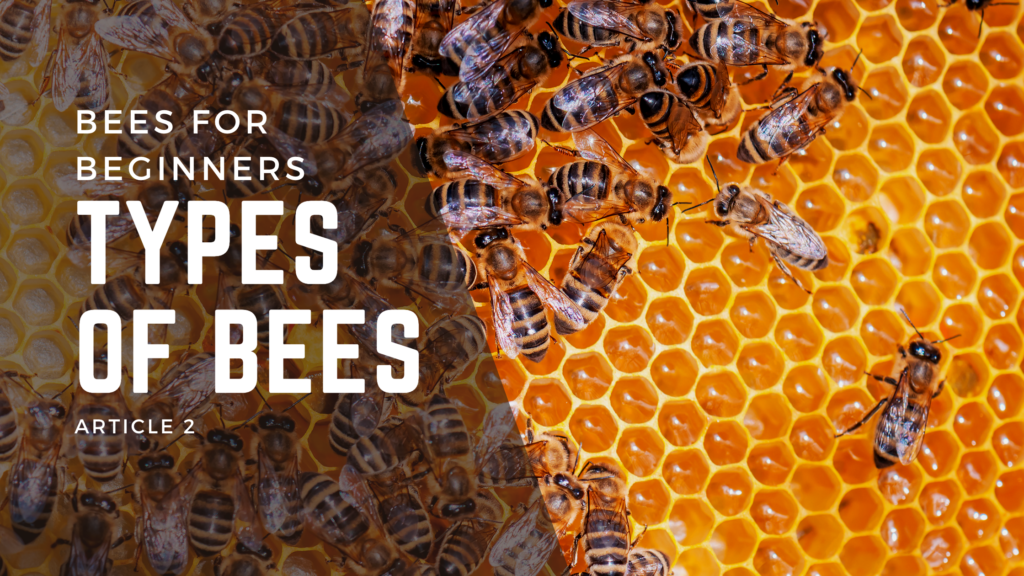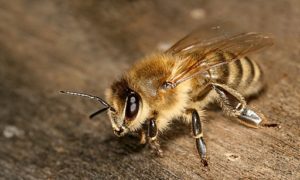Bees & Their Traits - Bees4Beginners 2
Just like any other species, honey bees vary in their specific traits. Whether the variants are based in region, breeding, population, or race the traits of honey bees are both very specific and subtle. However, it is important to note that stock traits are usually very generalized, and there are always exceptions to the rule. While no specific traits make up the “best” type of honey bees, specific combinations may be more attractive to different beekeepers. In this BFB post, we are going to take a closer look at several different bee stocks-- types of bees-- that are widely available in the U.S.A and the traits that differentiate them.
The Italian Honey Bees
The Italian honey bee (Apis Mellifera Liguista) is a subspecies of the western honey bee (Apis Mellifera) and is thought to originate from the continental part of Italy (the area south of the Alps but north of Sicily). They were brought to the U.S in 1859 where it became one of the most popular bee stocks, a popularity that has lived on to present day. These bees are known for their longer periods of brood rearing. They can begin to build colony populations in spring and then maintain them through the summer. They are also known to be a gentler species of honey bees as well as disease resistant. Some experts believe their ability to resist disease stems from their cleanliness, as Italian bees are great housekeepers. Italian bees are also known for their light coloring, ranging from a light leather color to an almost lemon yellow. Many 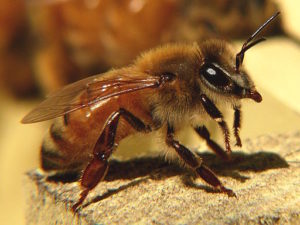 beekeepers covet the Italian bee for aesthetic purposes as much as for their honey.
beekeepers covet the Italian bee for aesthetic purposes as much as for their honey.
As popular as they are, Italian bees do carry some significant drawbacks. Their excessive brood rearing often causes excessive food consumption, and any surplus of honey needs to be removed promptly after the cessation of honey flow. They are also prolific kleptoparasites, meaning they often rob honey stores from weak or dead hives in the vicinity, which can cause the rapid spread of diseases through hives. These bees are also unable to thrive in cold northern climates or humid tropical climates, as their preferred climate is a worm to cool temperate zone.
The Carniolan Honey Bee
The Carniolan honey bee (Apis Mellifera Carnica) is a subspecies of the western honey bees and is native to Slovenia, southern Austria, and parts of Romania and Bulgaria (as well as many other countries in this region of Europe). These honey bees resemble Italian bees in shape, but are known for their more dusky coloring that is paired with lighter brown rings on their abdomens. These bees are often referred to as “gray bees.” Carniolan honey bees are favored for their extremely gentle disposition, which allows beekeepers to work with these bees with minimal smoke and protective gear. However, these bees are known to be very defensive against pests and parasites. They are also less likely to drift or rob neighboring hives, which is great for keepers with multiple hives.
These bees are not the best for climates with excessively hot summers, but are able to overwinter with a smaller number of bees, making them perfect for areas with longer winters. Carniolan bees do have some drawbacks. The Queen of these hives is often hard to find, unless marked, which can make transplanting or moving hives more difficult. The brood nest of these bees is more dependent on pollen availability and, though usually very good with population control, they are prone to swarming when overcrowded.
The Buckfast Honey Bee
The Buckfast Honey Bee (Apis Mellifera Buckfast) is a subspecies of the western honeybee, more specifically, the Italian honey bee. This honey bee was the creation of Brother Adam, the monk in charge of Beekeeping at Buckfast Abbey beginning in 1919. The strain of British 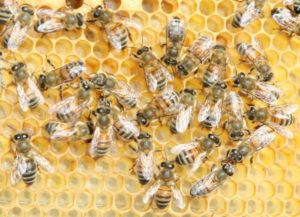 honey bees was being decimated by the disease now known as Acarine disease. This disease is named after a parasitic mite that invaded the tracheal tubes of the honey bees, killing them rapidly. Brother Adam was charged with creating a new stock of honey bees that would be able to withstand the British weather and was resistant to diseases and parasites.
honey bees was being decimated by the disease now known as Acarine disease. This disease is named after a parasitic mite that invaded the tracheal tubes of the honey bees, killing them rapidly. Brother Adam was charged with creating a new stock of honey bees that would be able to withstand the British weather and was resistant to diseases and parasites.
Brother Adam conferred with beekeepers around the world and developed a new strain, predominantly related to the Italian bee, known as the Buckfast honey bee. These bees shoe excellent housekeeping and cleaning skills, making them resilient against diseases and parasites while still providing good honey crops. These bees are moderately defensive, but if left unmanaged for one or two generations, can grow to become one of the most defensive stocks on the market
The Russian Honey Bee
The Russian honey bee was first brought to the U.S. in 1997 in order to be studied by the USDA’s Honeybee Breeding, Genetics, & Physiology Laboratory in Baton Rouge, Louisiana. There was theory that this strain of western honey bee (Apis Mellifera) had been coexisting with the ectoparasite known as Varroa Destructor which is the cause for hive decline around the globe. The Russian honey bee queen is kno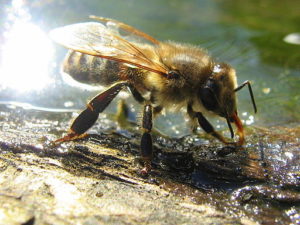 wn to breed with drones even outside of her colony, but it was found that these genetic hybrids were more susceptible to parasites, were more aggressive, and produced a lower honey crop.
wn to breed with drones even outside of her colony, but it was found that these genetic hybrids were more susceptible to parasites, were more aggressive, and produced a lower honey crop.
Pure-bred Russain honey bees, however, are resistant to most parasitic diseases and produce good amounts of honey crop. Russian honey bees usually only rear brood in times of nectar and honey flow, so population growth is often dependent on the location and environmental characteristics. Newly introduced Queens may also take up to sixteen days before laying eggs, but once she begins, Russian honey bees are better able to maintain their population and over-wintering ability better than other bee stocks. Due to their brood rearing habits, Russian honey bees may be prone to swarming issues, if brood population is not maintained properly.
Conclusion
It is important to note that, while generalizations about these particular strains of bees can be made, there are going to be variations within the specific stocks as well. Each stock differs in their preferred environment, brood rearing capabilities, honey production, housekeeping, and resistance to parasites and diseases. This quick overview explored several of the more popular stocks currently available in the USA, but it is not a comprehensive list and it is important to conduct your own, more detailed research before committing to anys single type of bee.
We hope this short introduction to the many bee stocks available to beekeepers has been an informative and helpful guide for you, and we wish you the best of luck in your beekeeping endeavours. Please stay tuned for the next installment of Bees for Beginners!
We’re proud to provide businesses in the food and beverage industry with high-grade BPA-free plastic packaging solutions with customizable options. Whether round, square, honey bear, oval or other shapes of plastic bottles, Sailor Plastic Bottles has you covered. And we always deliver what we promise.
About the Author: Jessica Welch is a student at Minnesota State University- Mankato who is working towards an MFA in creative writing. She has helped work on business related blogs and product descriptions as an intern with Sailor Plastic Bottles.

